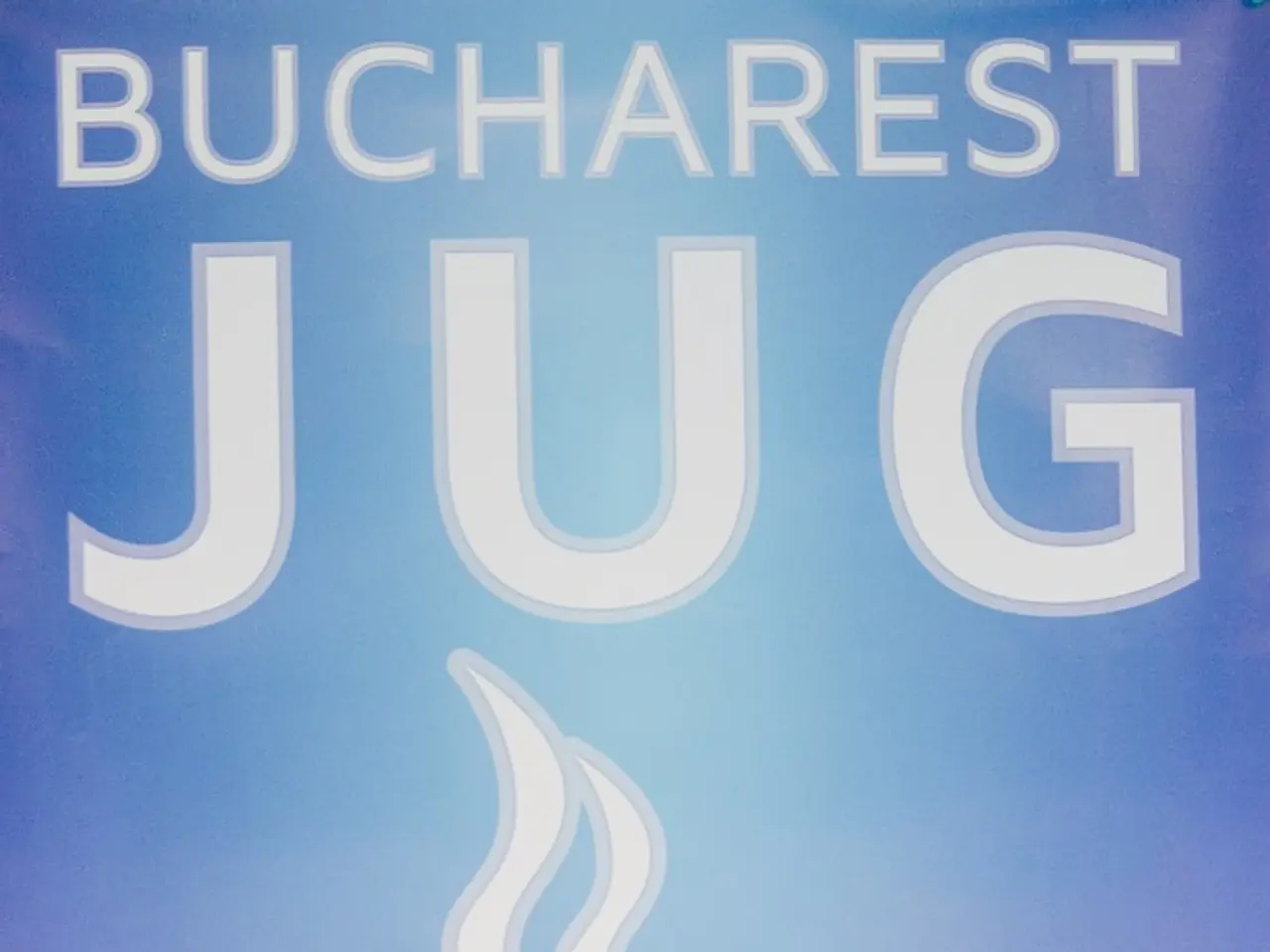Dangers linked to a Low Dividend Distribution Rate!
In the world of investing, a low dividend payout ratio might initially appear to be a sign of a company's financial strength and commitment to growth. However, it's essential for investors to delve deeper and understand the hidden risks that come with this strategy.
A low payout ratio could indicate that a company is retaining a large portion of its earnings, but this retention does not always signal financial strength or sustainable growth. In fact, there are several potential pitfalls that investors should be aware of.
Firstly, poor capital allocation or lack of profitable investment opportunities could limit future shareholder returns. A low payout ratio might mean the company is retaining earnings, but not effectively reinvesting them for growth.
Secondly, earnings manipulation or accounting distortions can sometimes mask the real cash flow situation. Earnings figures used to calculate the payout ratio can be inflated or subject to non-cash charges, giving a misleading impression of dividend safety.
Thirdly, even with a low payout ratio, if free cash flow is weak or negative, the company may still struggle to sustain dividends, especially in capital-intensive industries with heavy expenditures.
Furthermore, a low payout ratio might mask underlying risks in a company's financial health. Distance to Default and other financial health metrics show that dividend sustainability depends on more than payout ratios; companies might have low payout ratios yet face liquidity problems or high debt loads that threaten future dividends.
For long-term investors, understanding the market's reaction to dividend policies is crucial. A company with a low payout ratio might be perceived as having unclear growth plans, which could negatively impact stock performance. On the other hand, for investors who rely on dividends for income, an overly conservative payout can be frustrating.
Focusing only on the dividend payout ratio can be risky and may lead to misinterpretations. Investors must analyze financial statements to determine if a low payout ratio is a cautious move or a red flag. A low dividend payout ratio, while indicative of growth plans, also poses risks for investors.
It's important to remember that the payout ratio is just one piece of a larger puzzle in a company's financial health. Overly conservative payouts might be acceptable in specific situations, but prolonged stinginess can be problematic. Some investors might see a company's decision to offer low dividends as a lack of confidence in the business. Investors might question whether retained earnings are being used for strategic growth or being hoarded.
Over-capitalization, or hoarding cash unnecessarily, can occur when a company retains earnings without putting them to productive use. This can lead to inefficiencies within the company and harm growth and innovation. Over time, excessive cash reserves can lead to a decline in interest among income-focused investors.
In conclusion, while a low dividend payout ratio might seem appealing, it's crucial for investors to consider the hidden risks associated with it. A comprehensive analysis of a company's financial health, including capital efficiency, cash flow quality, competitive advantages, and overall financial stability, is necessary to make informed investment decisions.
Personal-finance strategies should not solely focus on a company's low dividend payout ratio, as this might be misleading. Instead, investors need to delve deeper and analyze a company's capital allocation, financial health metrics, and long-term growth potential in the realm of finance and investing.
Over-capitalization, or hoarding cash unnecessarily, can be problematic in the long run, leading to inefficiencies and a decline in interest from income-focused investors, highlighting the importance of understanding a company's financial health beyond just the dividend payout ratio.




